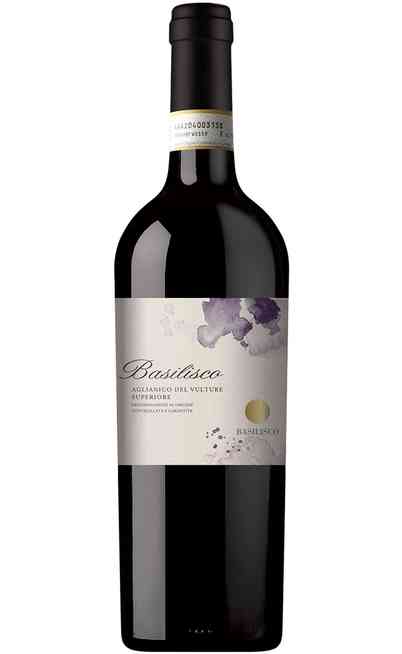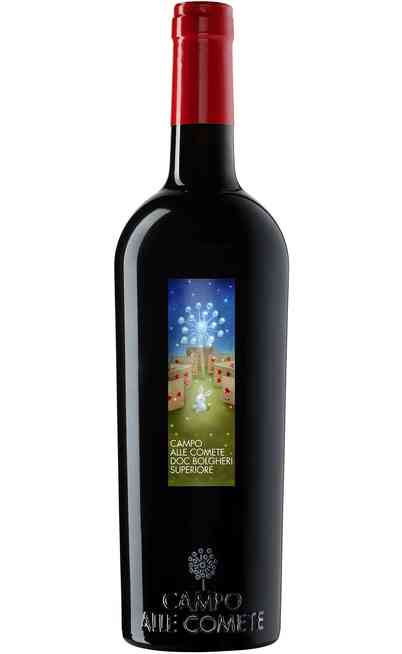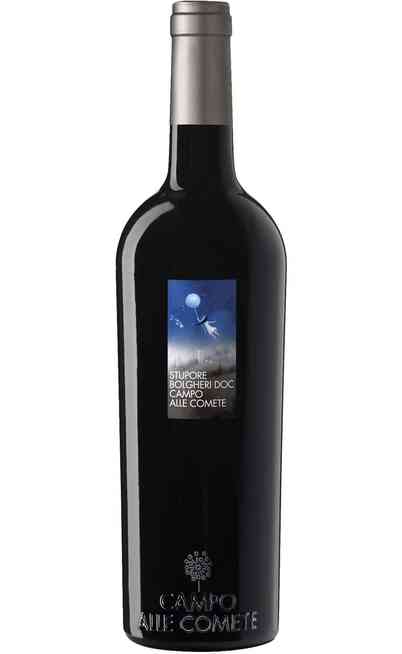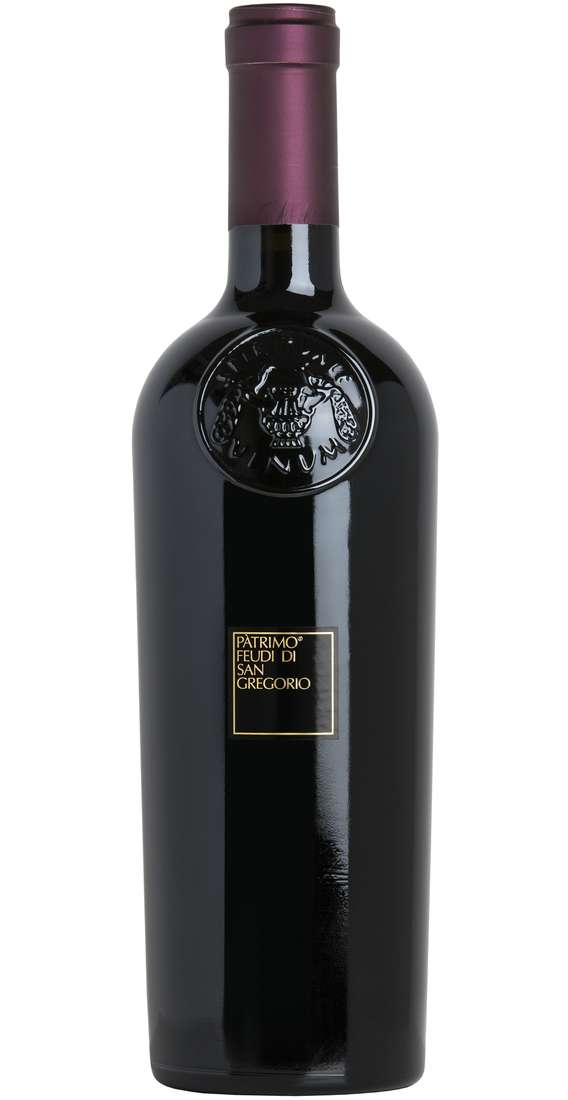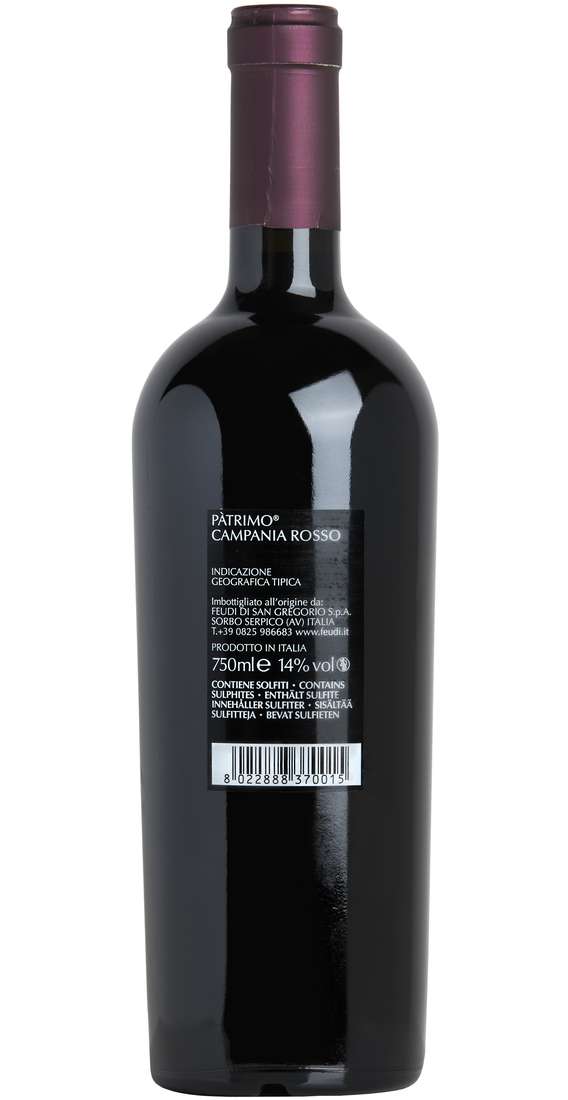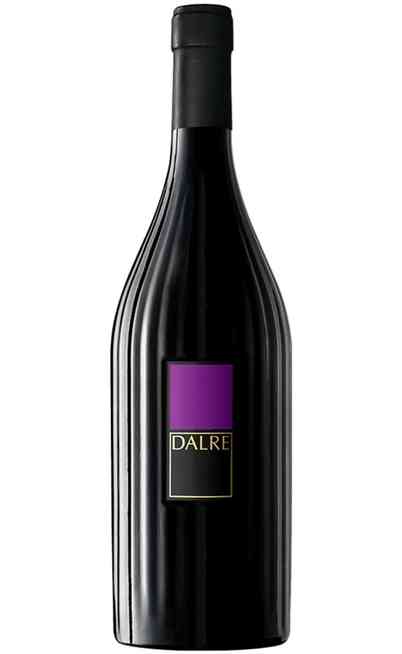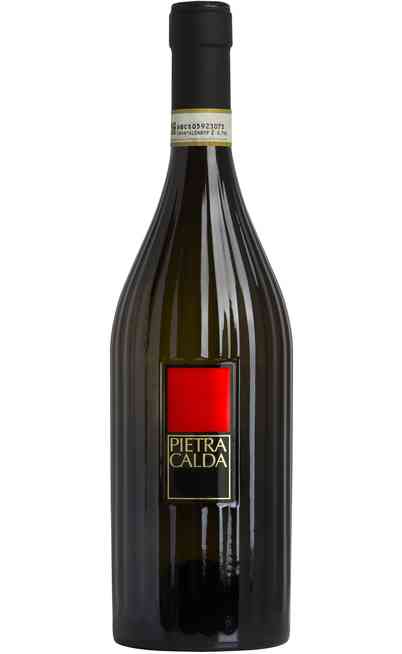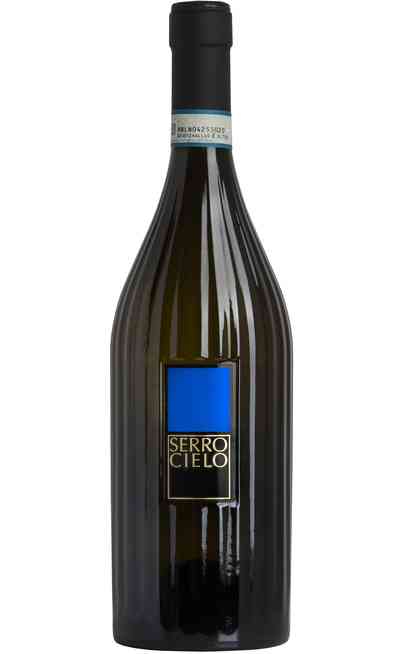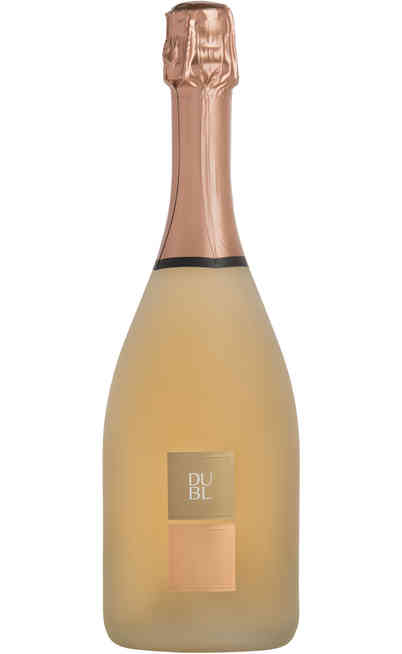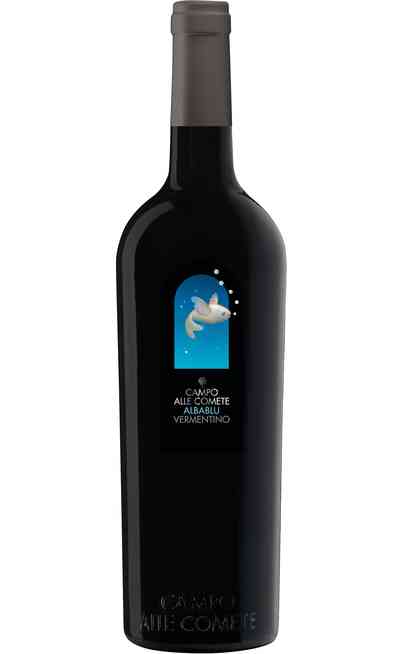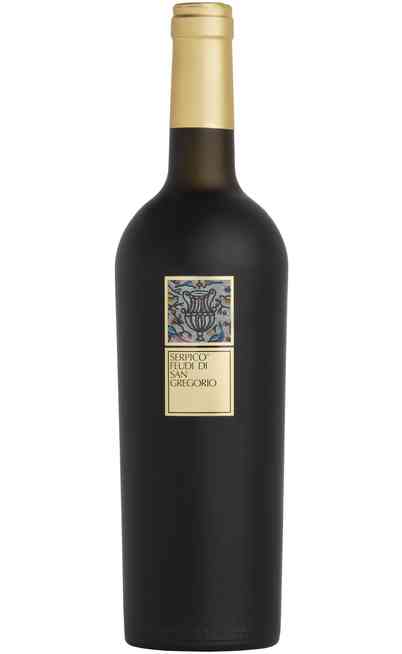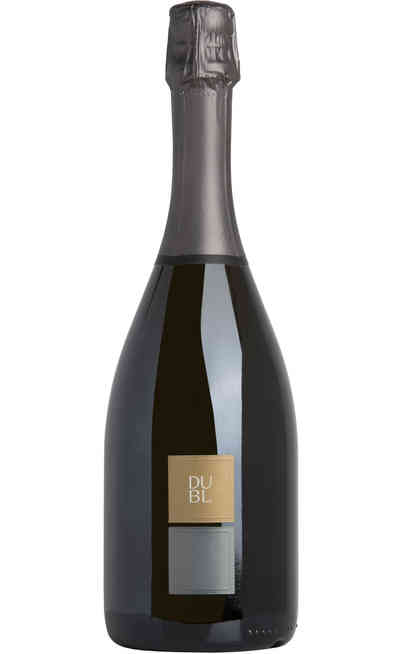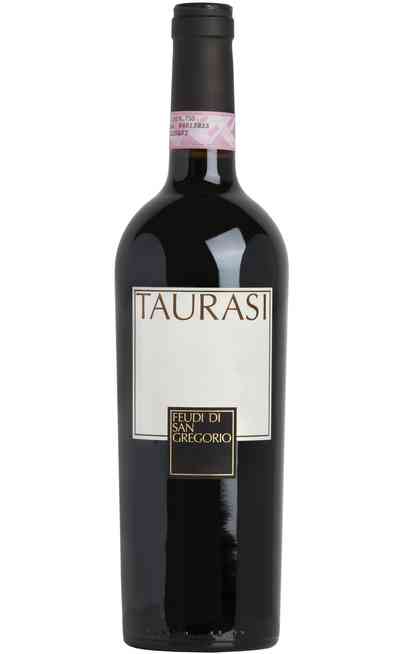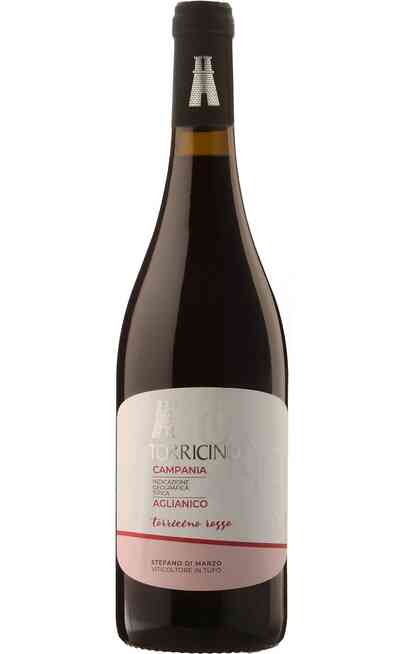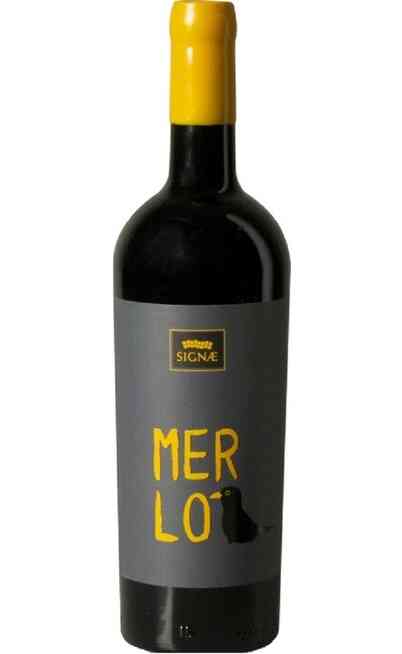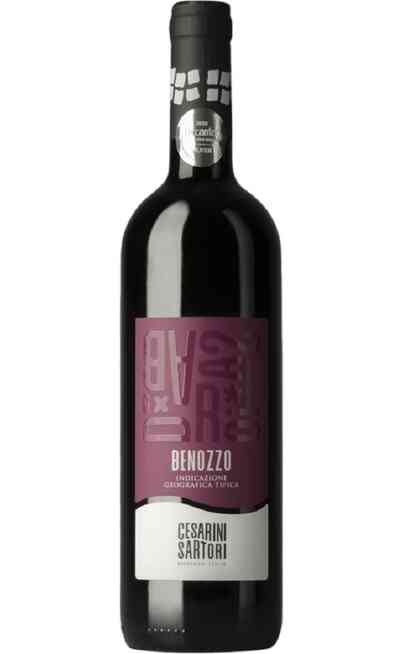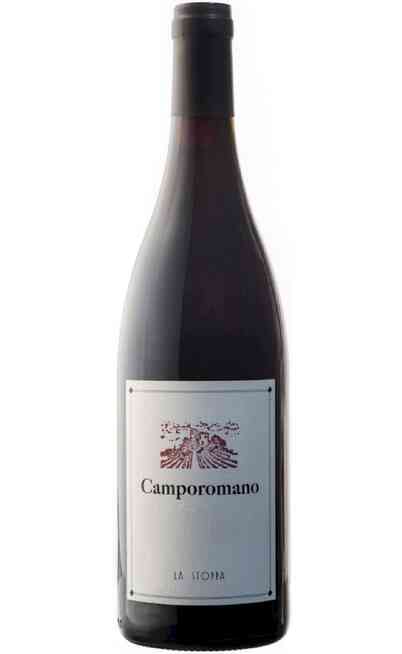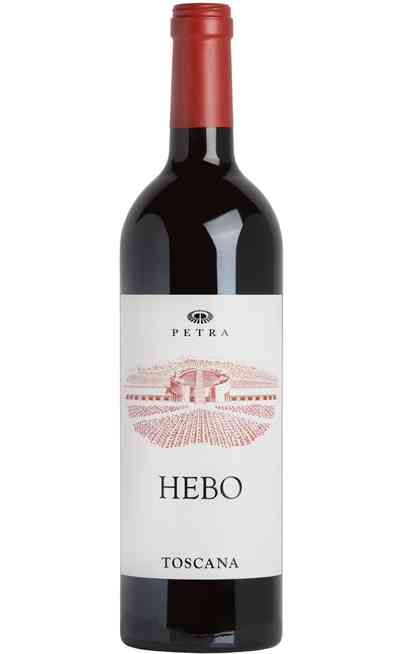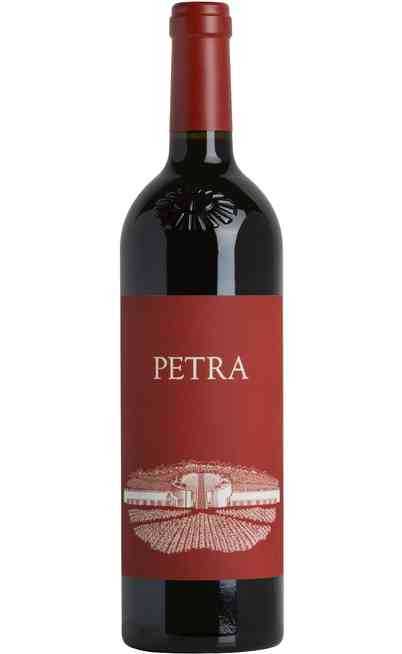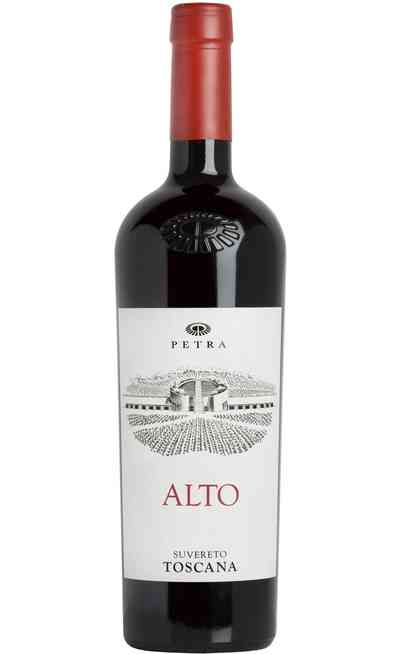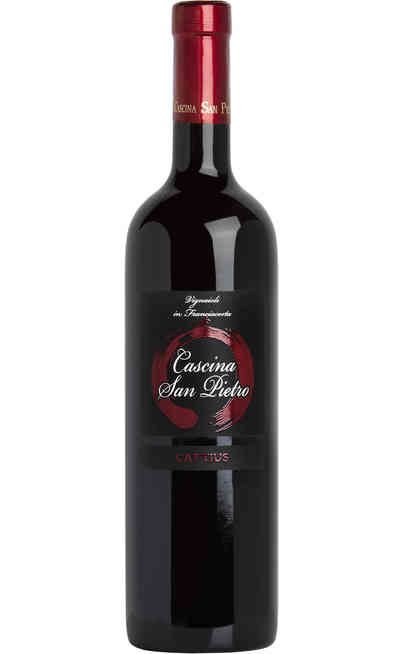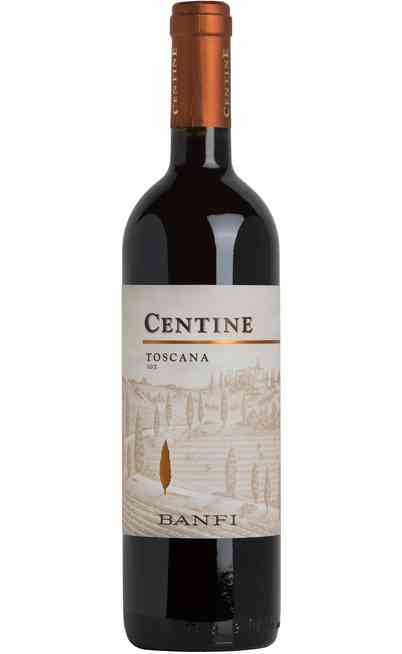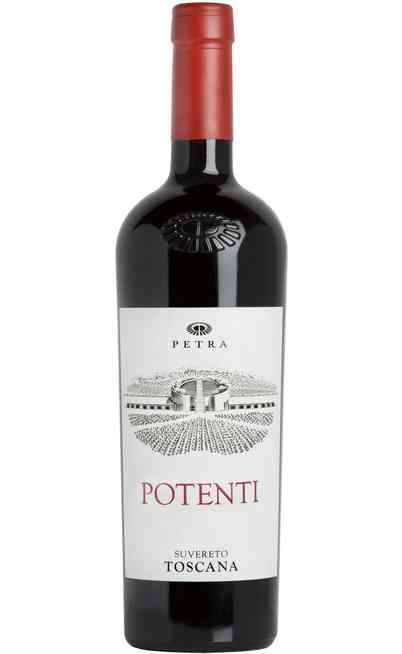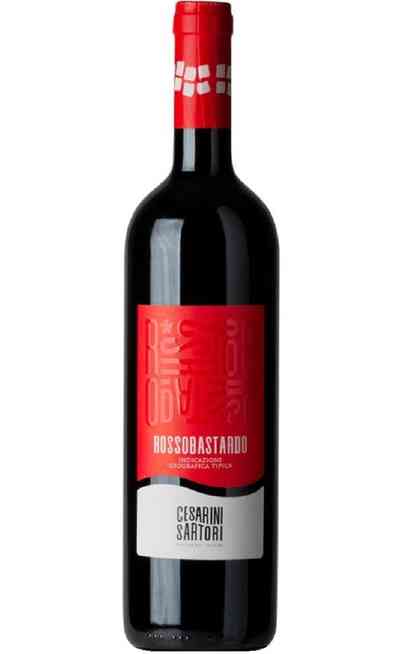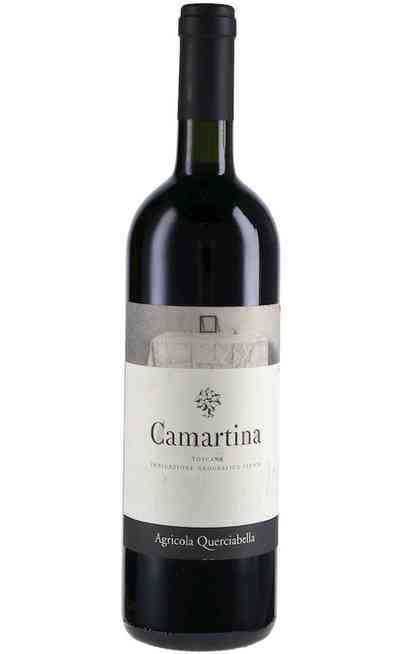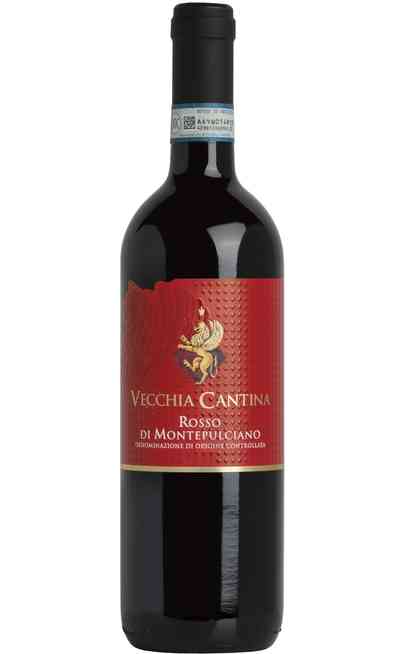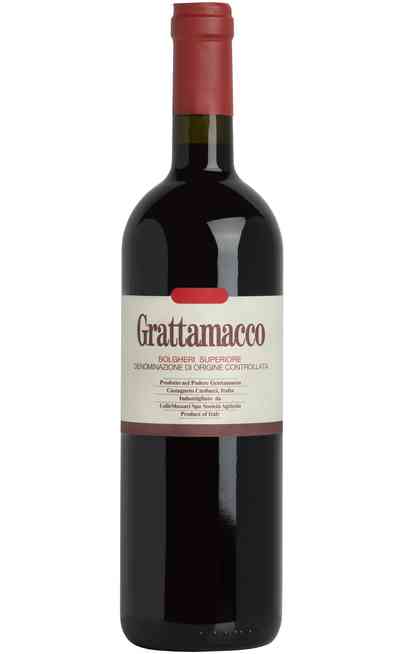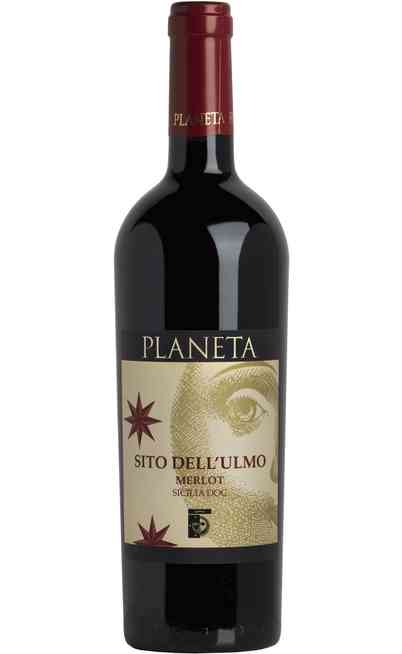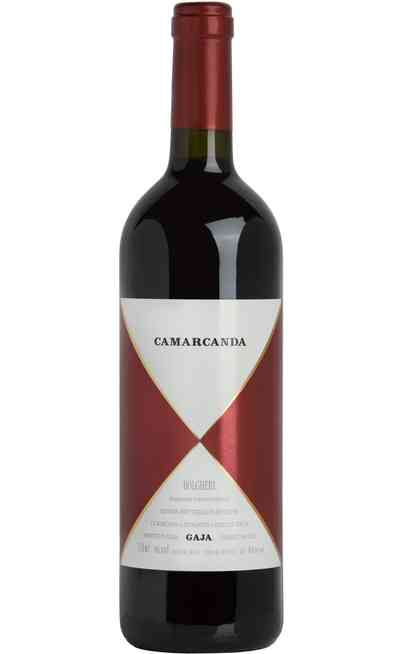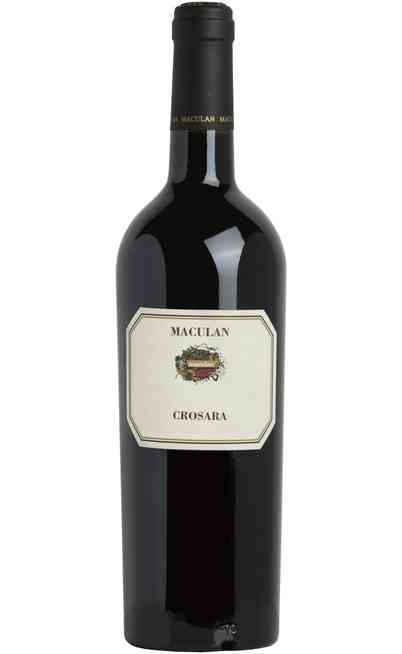Campania Rosso "Patrimo" Feudi di San Gregorio
| Sommelier score | 92/100 | 2025 |
| Winery | Feudi di San Gregorio |
| Denomination | Campania Rosso Igt |
| Vintage | 2016 |
| Grapes | 100% Merlot |
| Alcohol content | 14,00% |
| Cl | 75cl |
| Sulfites | Contains sulphites |
| Winery headquarter | Feudi di San Gregorio - Sorbo Serpico (AV) - Località Cerza Grossa |
| Bottle size | Standard bottle |
| Combination | Cold cuts and salami, Lamb, Roast meat, Cannelloni, Sliced beef, Tagliatelle with mushrooms, Medium-aged cheeses, Gnocchi al ragù |
| Region | Campania (Italy) |
| Style | Medium-bodied and fragrant |
| Wine list | Rosso Igt |
A Campano Rosso wine, extraordinary, and above all "born by chance" from a historic vineyard discovered in the heart of Irpinia: atypical and unique Merlot thanks to the contribution of our territory. The only interpretation of an international variety proposed by the Feudi di San Gregorio. It boasts the denomination IGT Campania Rosso and for its vinification are used 100% Merlot grapes. The alcoholic fermentation then requires a period of maceration in steel tanks for about 3 weeks. It is then aged for at least 18 months in medium-roasted French oak barrels. Finally, an adequate period of rest with a further aging for at least 10 months in bottle.
Characteristics of Campania Rosso "Patrimo" Feuds of San Gregorio
The appearance of this Merlot wine from Feudi di San Gregorio is ruby red, limpid and impenetrable at the same time. The scent is released with evident aromas of jam of small black fruits, sweet spices, eucalyptus, vanilla and coffee. The taste is characterized by tannins that are sweet, fine and soft, the total balance goes towards harmony. The finish is a long persistence of sensations of fruit, spices and roasting.
Suggested pairings tasting this wine from Campania
This IGT Campania Rosso wine of Merlot grapes is extraordinarily matched to roasted or stewed red meats, to the great mature and soft cheeses. It is also excellent alone, in meditation. It should be served in a Ballon-type goblet that promotes oxygenation at a temperature of maximum 18°C.
